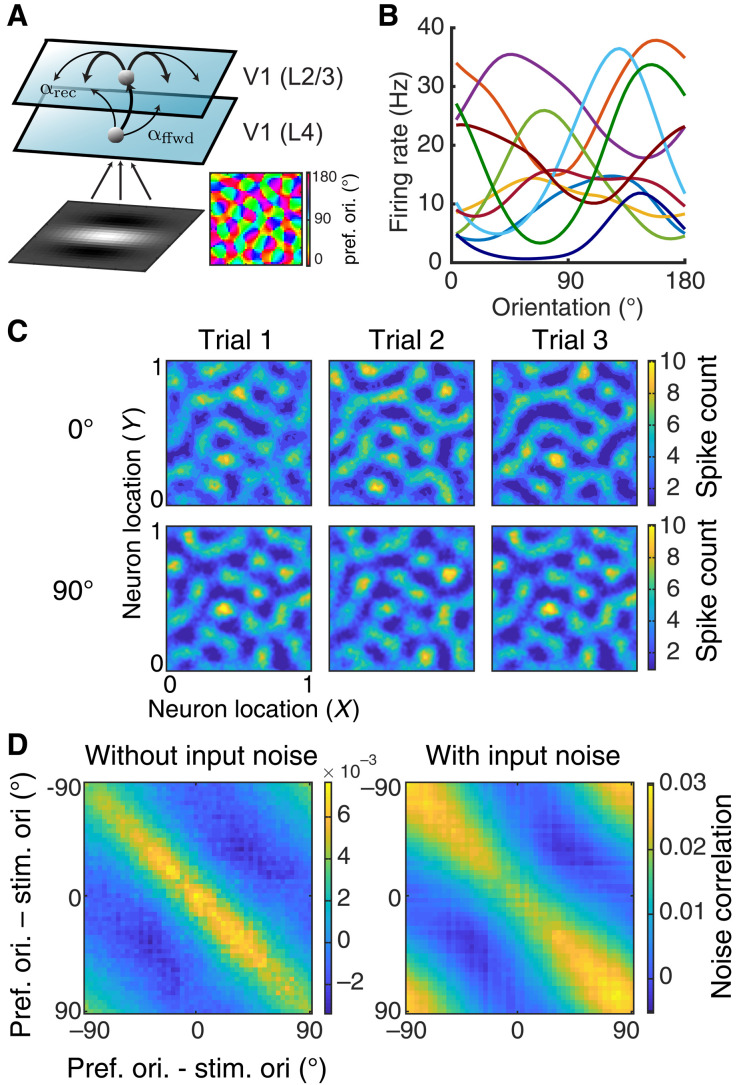Fig. 1. Spatially ordered balanced networks generate heterogeneous tuning curves and structured trial-to-trial variability.
(A) Model schematic of a two-layer network of spatially ordered spiking neurons modeling L4 neurons and L2/3 neurons, respectively, from visual area V1. The visual input to the model is a Gabor image with orientation θ. The L4 network consists of Poisson units with Gabor receptive fields. The orientation preferences of L4 neurons are assigned according to a pinwheel orientation map (bottom right). The L2/3 network consists of both excitatory and inhibitory neurons modeled with integrate-and-fire dynamics, all arranged on a unit square. The spatial widths of the feedforward projections from L4 to L2/3 and the recurrent projections within L2/3 are denoted as αffwd and αrec, respectively. (B) The L2/3 neurons have heterogeneous orientation tuning curves. Ten examples of tuning curves are shown with different colors representing different neurons (smoothed with a Gaussian kernel of width 9∘). (C) The model internally generates trial-to-trial variability. Three trials of network spike counts (200 ms time window) are shown from a network with αffwd = 0.05 and αrec = 0.1 in response to a Gabor image of 0° (top) or 90° (bottom). Images are smoothed with a Gaussian kernel of width 0.01. (D) Noise correlation matrix with neurons ordered by their preferred stimulus orientation. Responses were simulated for a Gabor input with orientation at θ = 0∘ without (left) and with stimulus noise (right).

